Artificial intelligence is moving so fast that within a decade, we will even be able to swallow computers so they can perform internal operations and release drugs.
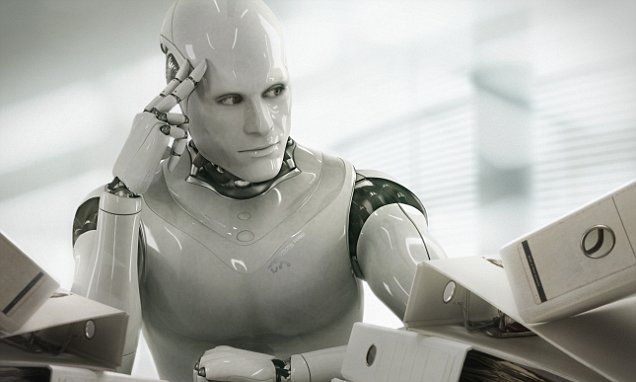

Artificial intelligence is moving so fast that within a decade, we will even be able to swallow computers so they can perform internal operations and release drugs.
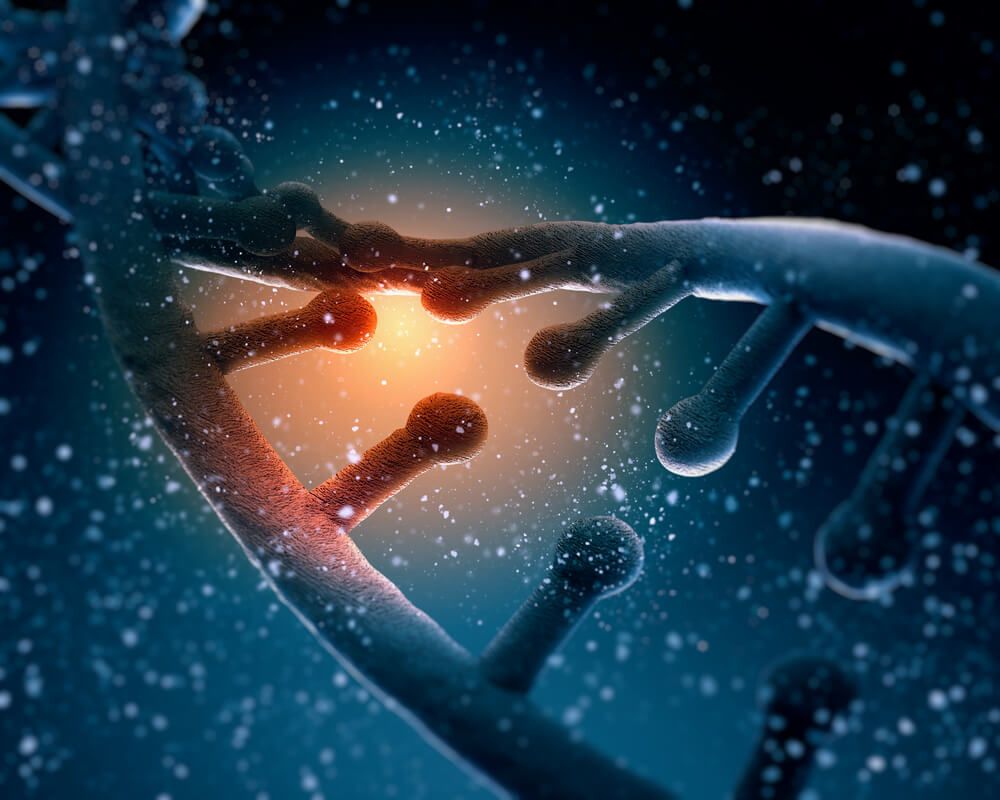
Speculations around whether biotech stocks are in a bubble remain undecided for the second year in a row. But one thing stands as indisputable—the field made massive progress during 2015, and faster than anticipated.
For those following the industry in recent years, this shouldn’t come as a surprise.
In fact, according to Adam Feuerstei at The Street, some twenty-eight biotech and drugs stocks grew their market caps to $1 billion or more in 2014, and major headlines like, “Human Genome Sequencing Now Under $1,000 Per Person,” were strewn across the web last year.

Tardigrades — known affectionately as water bears or moss piglets — have pretty much got it all. These microscopic invertebrates are capable of surviving the most extreme conditions you could dream up, including prolonged desiccation and near-100 percent water loss, freezing and boiling temperatures, intense ionising radiation, and the vacuum of outer space.
Scientists have discovered that to survive extreme desiccation, tardigardes produce a special type of ‘bioglass’ to hold essential proteins and molecules together until they’re rehydrated back to life. Now they’re figuring out how to use this mechanism to develop drought-resistant crops and longer-lasting vaccines.
Back in September, researchers from the University of Chicago announced that they’d discovered a new type of glass — one produced internally by the tardigrade during desiccation. While they’re yet to figure out exactly how the glass is formed, they concluded that it’s produced as a protective mechanism to ensure that tardigrades can survive losing pretty much all of the water in their cells.

When you walk into Eatsa, a new restaurant at the Village at Westfield Topanga, there is no host, no waiters or even tables. The restaurant is an empty space lined with iPads on one wall, interactive clear cubbies (glass doors) on another, and a wall outfitted with motion sensors that dispense cutlery.
This is fast food the Eatsa way. The restaurant, which has a location in San Francisco, is completely automated — minus the food preparation.
“There are three people in the back that make everything from scratch,” said Travis Jones, who is head of the culinary operations at both Eatsa locations. “We believe in blending technology and proper culinary skills, and it’s a blend that makes the whole process work.”

Isolated from the Comfrey plant, Allantoin is a popular ingredient in many skincare regimens. According to new research it may increase longevity by mimicking the benefits of calorie restriction.
Calorie restriction is a subject of debate within the longevity community, and on animal models success is variable. However, it remains one of the most proven ways of extending lifespan in many species, and molecules that mimic the effect at the molecular level have also been associated with protective effects — up-regulating repair and stress response mechanisms. One such molecule is resveratrol, which is responsible for the relatively recent red wine hype.
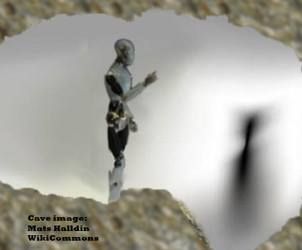
US army’s report visualises augmented soldiers & killer robots.
The US Army’s recent report “Visualizing the Tactical Ground Battlefield in the Year 2050” describes a number of future war scenarios that raise vexing ethical dilemmas. Among the many tactical developments envisioned by the authors, a group of experts brought together by the US Army Research laboratory, three stand out as both plausible and fraught with moral challenges: augmented humans, directed-energy weapons, and autonomous killer robots. The first two technologies affect humans directly, and therefore present both military and medical ethical challenges. The third development, robots, would replace humans, and thus poses hard questions about implementing the law of war without any attending sense of justice.
Augmented humans. Drugs, brain-machine interfaces, neural prostheses, and genetic engineering are all technologies that may be used in the next few decades to enhance the fighting capability of soldiers, keep them alert, help them survive longer on less food, alleviate pain, and sharpen and strengthen their cognitive and physical capabilities. All raise serious ethical and bioethical difficulties.
Drugs and prosthetics are medical interventions. Their purpose is to save lives, alleviate suffering, or improve quality of life. When used for enhancement, however, they are no longer therapeutic. Soldiers designated for enhancement would not be sick. Rather, commanders would seek to improve a soldier’s war-fighting capabilities while reducing risk to life and limb. This raises several related questions.
https://youtube.com/watch?v=UPiCoKL2hzU
A non-profit organization called “Roots Up” has designed a greenhouse that collects moisture from the air, which then is used to water the plants.
This new design can help farmers in areas where the lack of proper temperature and rainfall make it difficult to grow crops.
As the designers of the greenhouse explain on heir website:
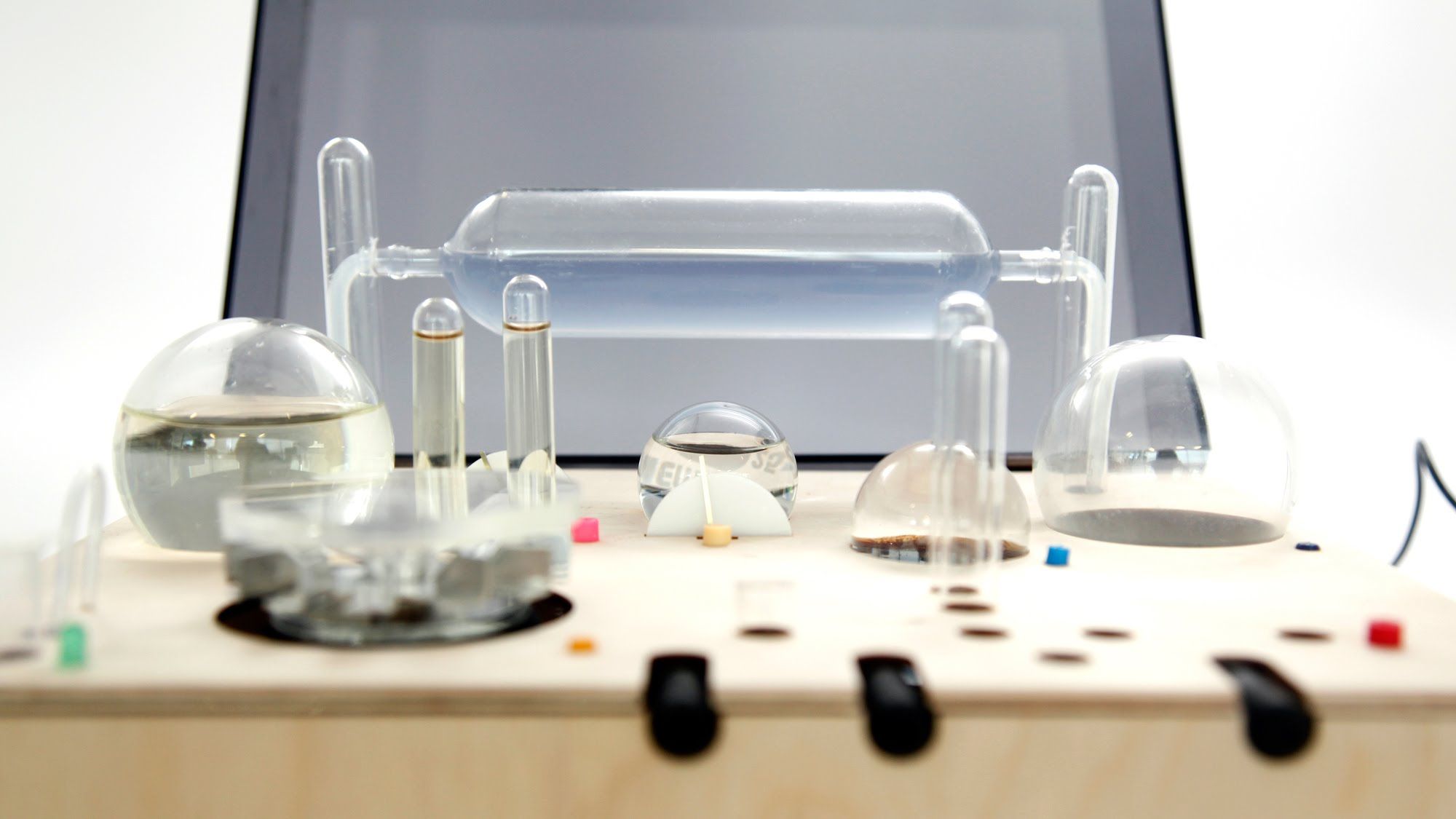
MIT Media Lab graduate Will Patrick has designed a prototype desktop bioreactor that could enable the production of pharmaceutical drugs at home.
The cylinder-shaped Farma kitchen appliance could be used to grow, measure, filter and dry synthetically designed microbes.
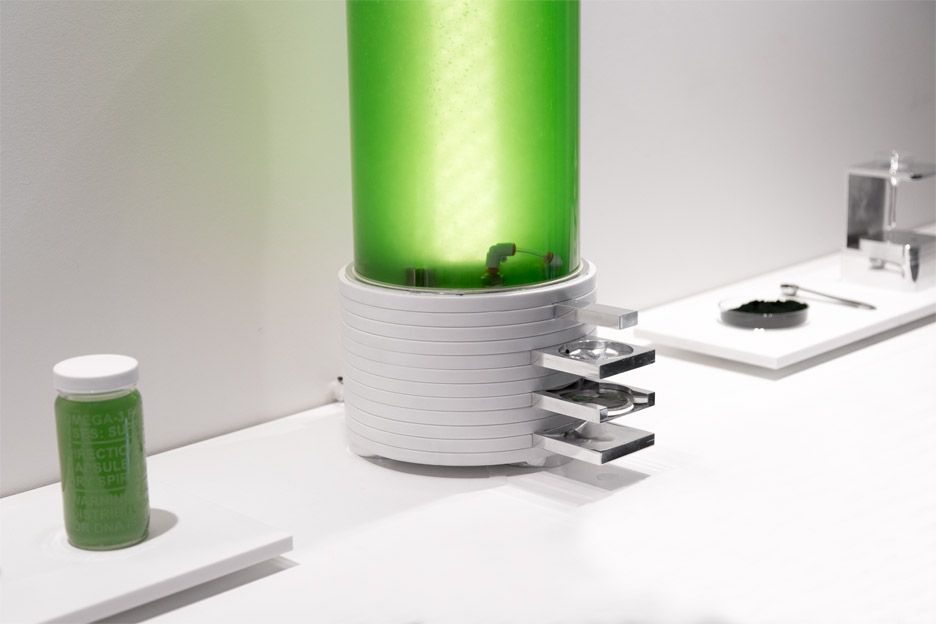
The explosion of gene-editing methods is transforming medicine, agriculture, and possibly the future of the human species.